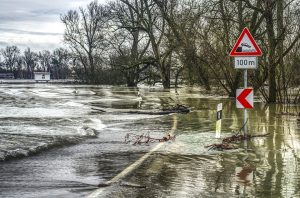 Courtesy of iii.org
Courtesy of iii.org
1. Call your insurance professional as soon as possible — even from the scene of the accident—regardless of who is at fault. Even if the accident appears minor, it’s important to let your insurance company know about the incident and to find out whether your auto insurance policy covers you for the particular loss.
2. Use a mobile app to jumpstart your claim. Many insurers now offer apps that allow you to report a claim, check the status, upload photos, check your deductible, schedule an appraisal, reserve a rental car and request reimbursements for towing and glass claims. Some apps even allow you to notify the insurance adjuster what happened by visually re-creating the events and circumstances of your car accident.
3. Find out what documents are needed to support your claim. Your insurance company will require a “proof of claim” form and, if you filled one out at the scene of the accident, a copy of the police report. Your insurer may have a feature on its website that allows you to monitor the progress of your claim.
4. Understand the timing of your claim. To avoid missing a critical claim deadline, ask:
- Does my policy contain a time limit for filing claims and submitting bills?
- Is there a time limit for resolving claims disputes?
- If I need to submit additional information, is there a deadline?
- When can I expect the insurance company to contact me?
5. Find out whether or not your policy pays for a rental car if your car needs to be in the shop for repair, and learn about the estimate and repair process as it relates to claims.
6. Supply the information your insurer requests. Fill out the claim forms carefully. Keep thorough and organized records of anything related to the claim, including the names and phone numbers of everyone you speak with at your insurer and copies of any bills related to the accident. Contact your adjuster, your insurance professional or your state insurance department if you have any questions.

